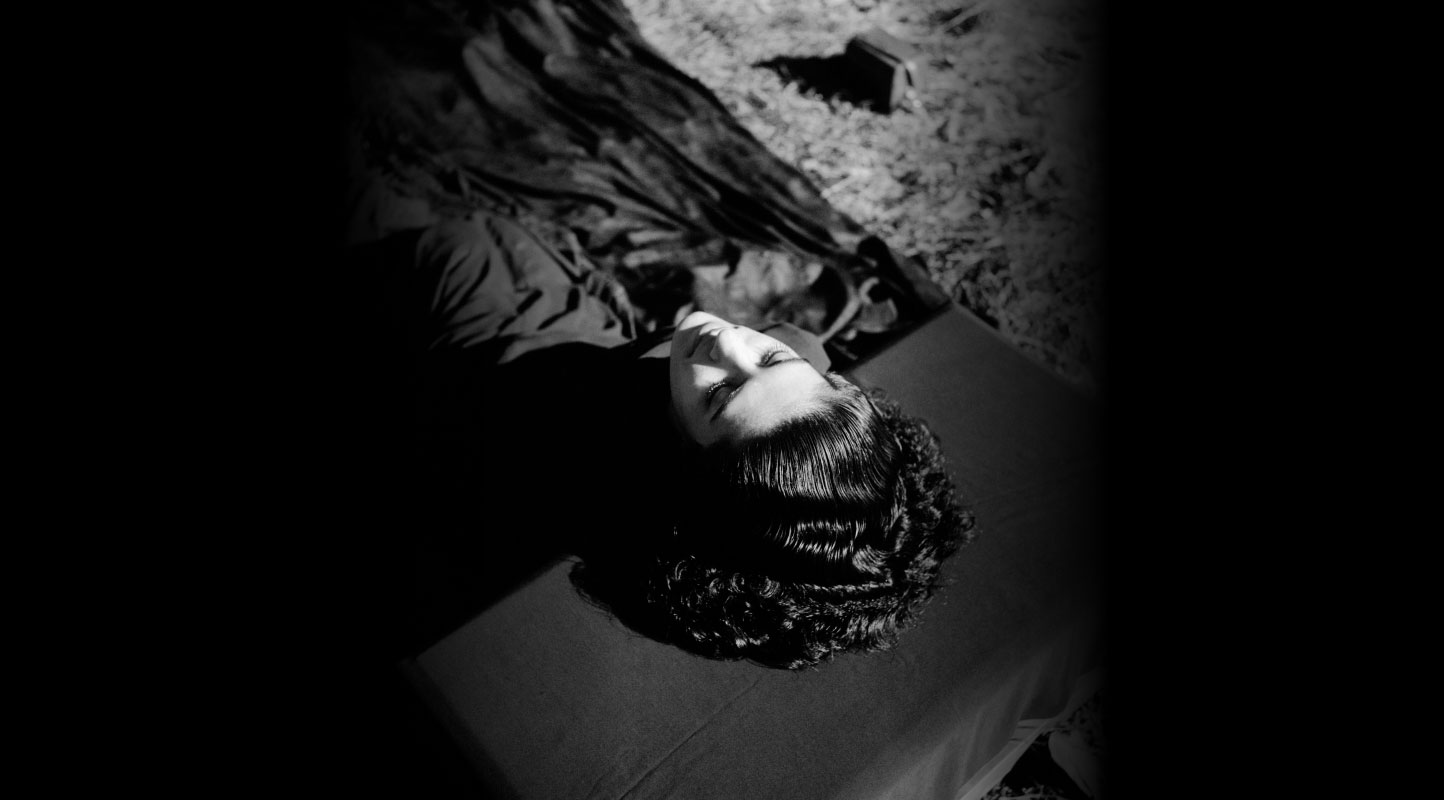On Representation: Dalits and Mainstream Media
Organised by Neelam Cultural Centre on 12 and 13 April 2025 as part of the fourth edition of the Vaanam Art Festival, “Verchol”, a Dalit literature festival, hosted two panel discussions on the relation between mainstream media and Dalit representation. Each panel took a different approach to address the question of the role of media in the path to Dalit liberation, foregrounding the lessons learned from the past and discussing contemporary difficulties.
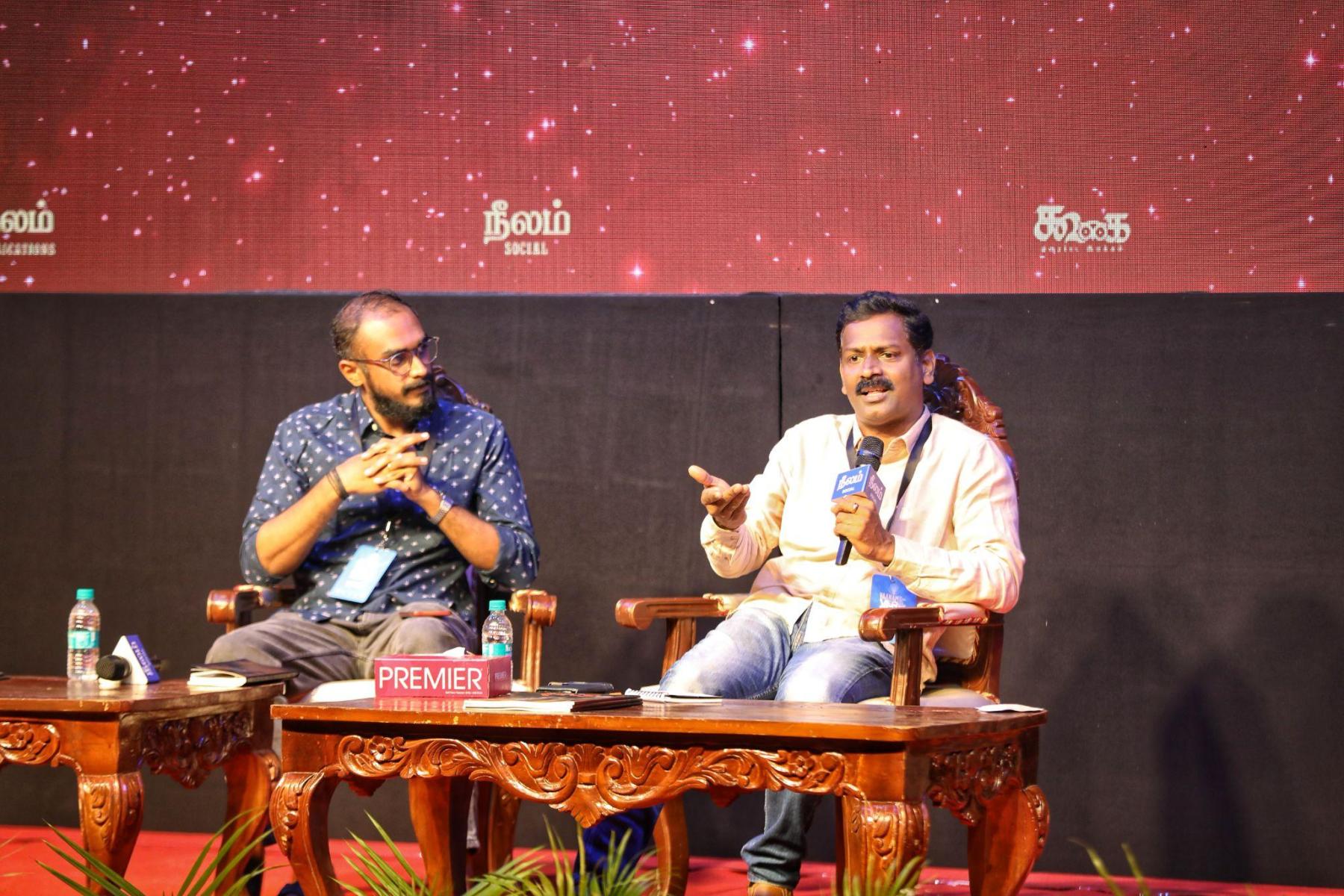
Dalit writer and researcher Balasubramaniam, along with research student Deivendra Kumar, at the “Verchol” literary event. (Image courtesy of Radha Parthiban.)
The session “Dalits in the Age of New Media” was moderated by Deivendra Kumar, a research scholar who works on film and culture. Balasubramaniam, a researcher and writer with a strong focus on Dalit journalism, said, “The fact that there is no real representation of or contribution by Dalits in mainstream media is something that has been discussed since the latter half of the 1980s. Due to this lack of representation, issues which concern Dalits are barely covered by the media, and even if there is coverage, the criticism that such coverage is not done from the Dalit point of view has remained constant.”
This lack of representation was brought out most clearly in the search for a Dalit journalist by Kenneth J. Cooper, an African American who was looking for a quote from a Dalit journalist in the 1990s in response to an incident between Kanshiram and some members of the media. Referring to Cooper's search, publicised through an editorial by B.N. Uniyal called “In Search of a Dalit Journalist,” Balasubramaniam asked, “Why did English and Hindi media level such caustic criticisms against Kanshiram?” He went on to state that there are claims that this situation has changed since 2010, given that social media has enabled access to everyone. However, he argued that we are now at a time where there is a dire need to reevaluate such claims. Given this historical background, Balasubramaniam raised an important question: “is the representation that we have gained till now, through social media, really the path to liberation?”
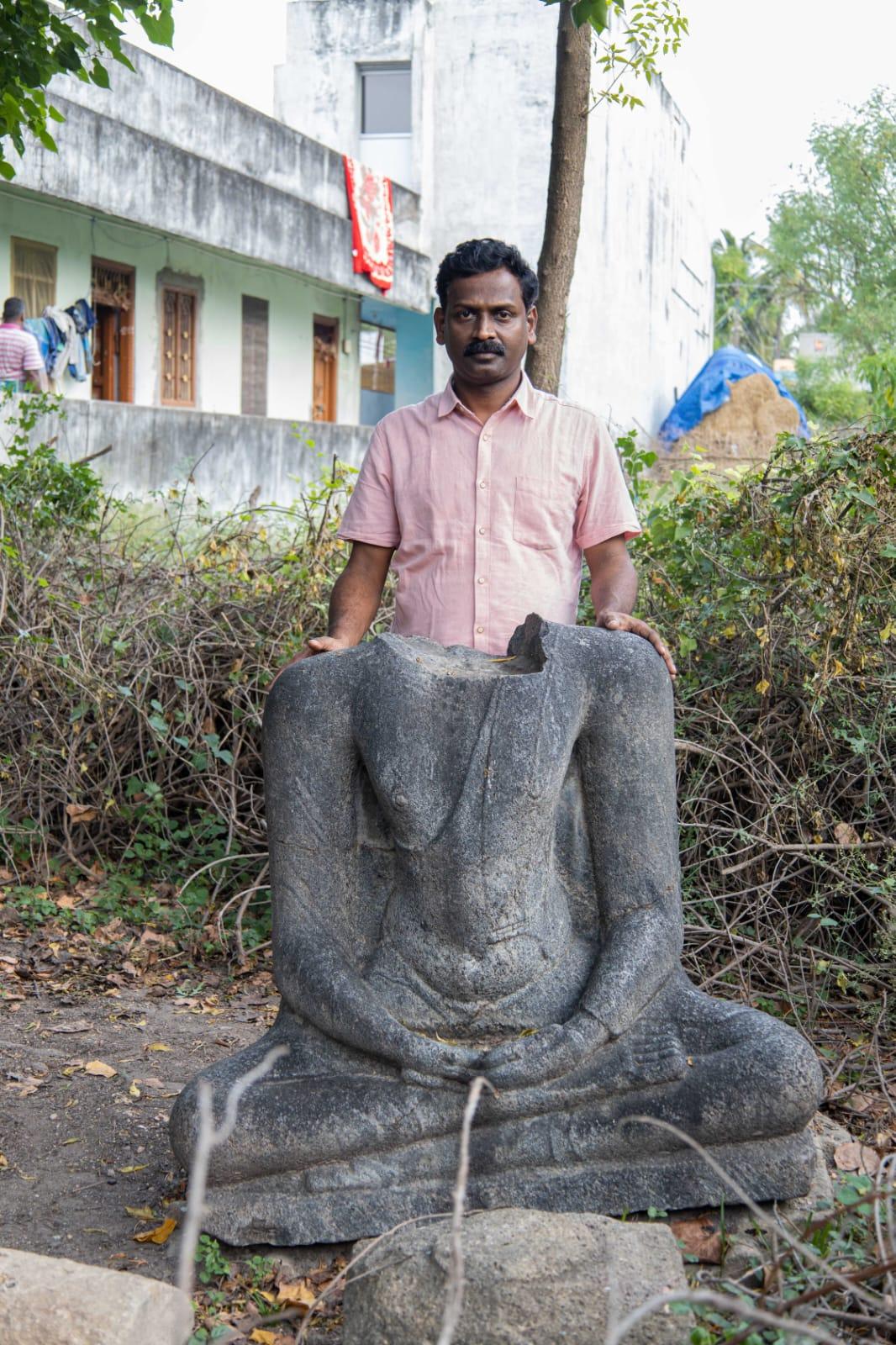
Dalit writer and researcher Balasubramaniam stands behind a headless Buddha statue, symbolising the erasure of Dalit intellectual contributions in mainstream narratives. (Image courtesy of Balasubramaniam.)
While explaining the functioning of caste in digital spaces, Balasubramaniam spoke about echo chambers and the propensity of the algorithm(s) to encourage such ideologically insular spaces. He stated that because of these factors, we cannot assume that general society has gained an understanding of caste based on what we see on social media. The reason for this distrust is evidence from the past three decades; there has been more content in favour of the caste system than against. Recent examples of this include the adulation received on social media by Yuvaraj, an honour killing convict who was recently released for a day on parole, and by Fahadh Faasil’s character from the Tamil movie Maamannan.
While social media has been of assistance to the new generation that is politically aware, and it brings attention to atrocities that are otherwise neglected, moderator Deivendra Kumar pointed out that “Dalit women do not often have the chance to independently engage with technology and social media. More often than not, it is under the observation of a father, brother or husband.”
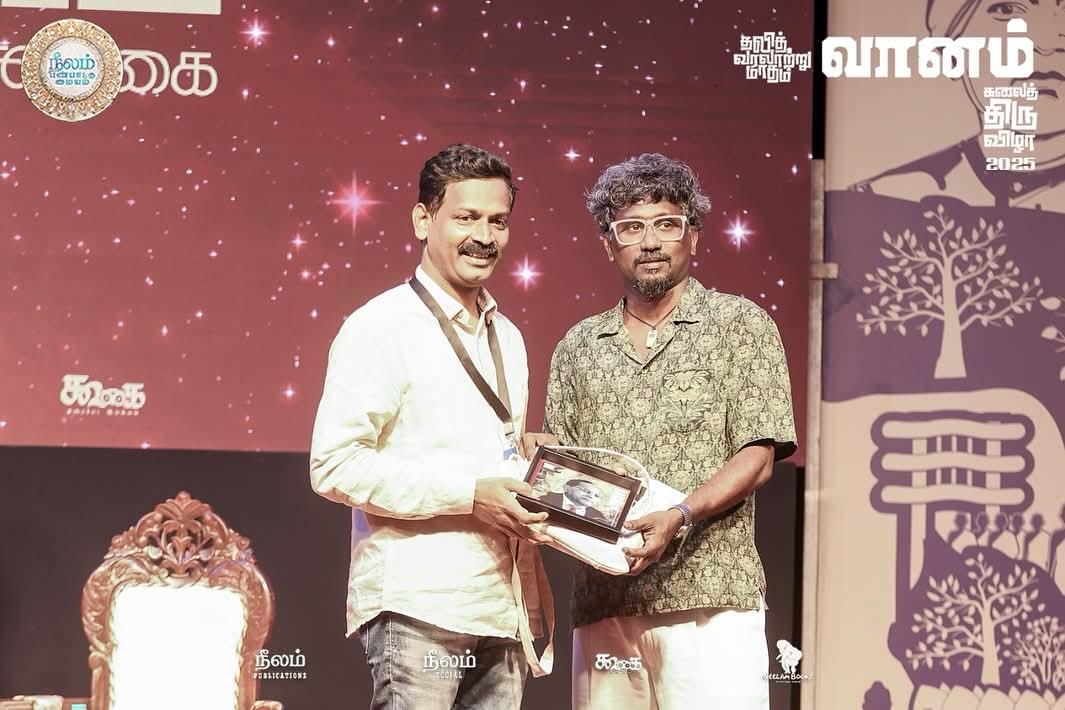
Tamil Praba felicitates writer Balasubramaniam at "Verchol" event. (Image courtesy of Radha Partiban.)
Moreover, Balasubramaniam discussed the extent to which every aspect of our lives has been digitised and recorded in one way or another and the usage of AI in recruitment. In the recent past it has become clear that AI more often than not carries the biases of those who play a part in its training, and AI screening as a part of recruitment carries with it the risk of discrimination entering the process even before interviews are conducted. Thus, the material that AI is fed as part of its training contains the biases of a ruling elite that has for centuries functioned with casteist assumptions.

Where words meet the world: Writer Balasubramaniam in a field. (Image courtesy of Balasubramaniam.)
Ending the session with a discussion on the symbolic violence faced by Dalits, Balasubramaniam concluded, “While on the one hand it is true that we are constantly under surveillance, there is also a great possibility that we will be marginalised and opportunities will be denied to us when we use keywords such as ‘caste,’ ‘revolution,’ ‘Dalits,’ etc. More than ordinary and routine violence, it is such symbolic violence that plays a major role in the marginalisation of Dalits in mainstream media. It is the same internet that provides space to all that also serves as the fountainhead for such issues. This is not a warning for the future; in America, we already see such violence enacted upon Black Americans, and there is a lot of evidence right before our eyes. A wholly online revolution will not serve our purpose. We have the responsibility to carefully participate in all the spaces available.”
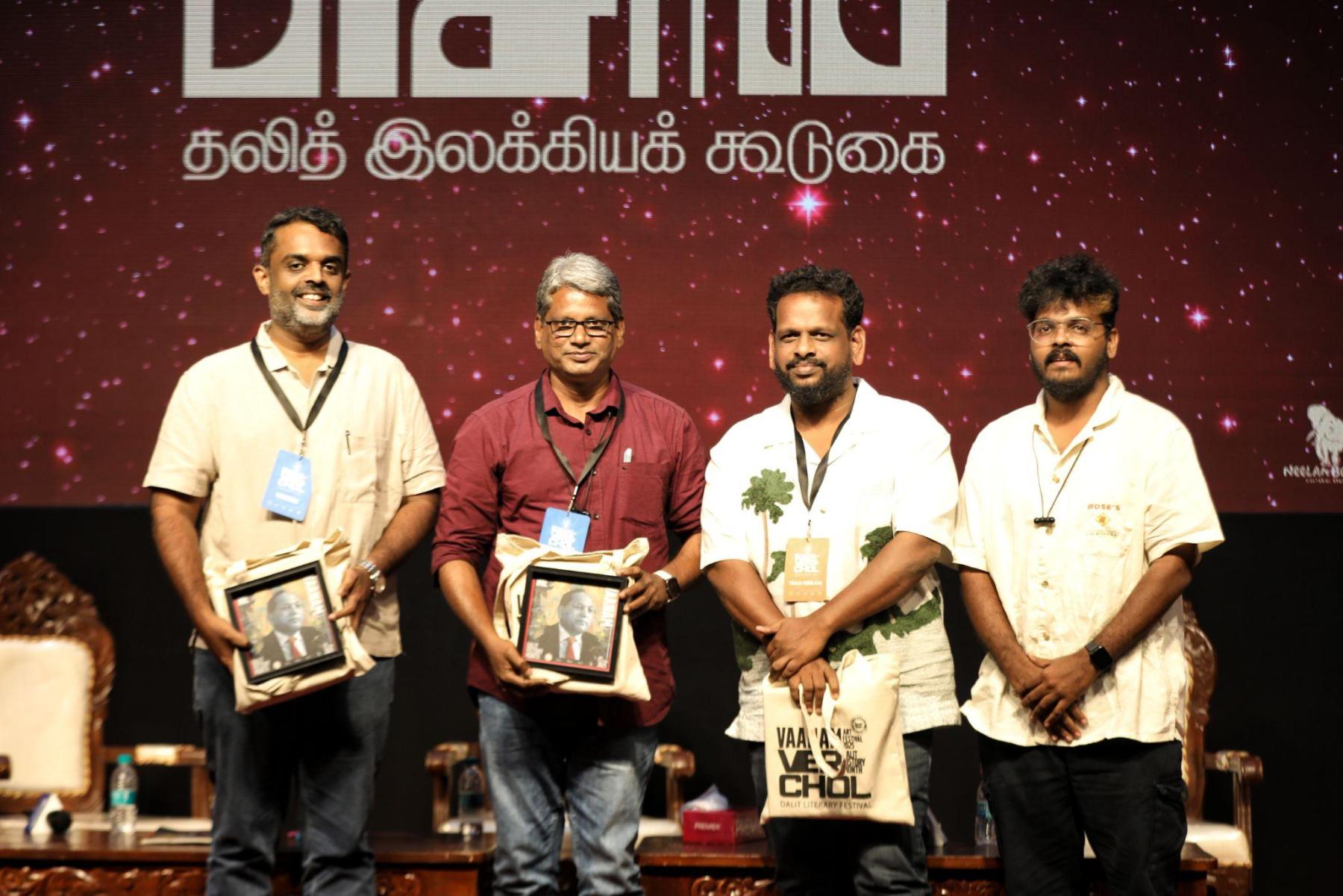
Journalist Pon Vasanth, social activist Murugappan, and session moderator Vasugi Bhaskar receiving a memento from documentary filmmaker Madhan for their participation in the "Verchol" event. (Image courtesy of Radha Parthiban.)
The second session, titled “Social and State Violence: How the Media Responds,” was moderated by Vasugi Bhaskar, the editor of Neelam magazine. Bhaskar began by posing a question: how has the mainstream media and our courts approached the violence that is enacted upon Dalit and Adivasi people?
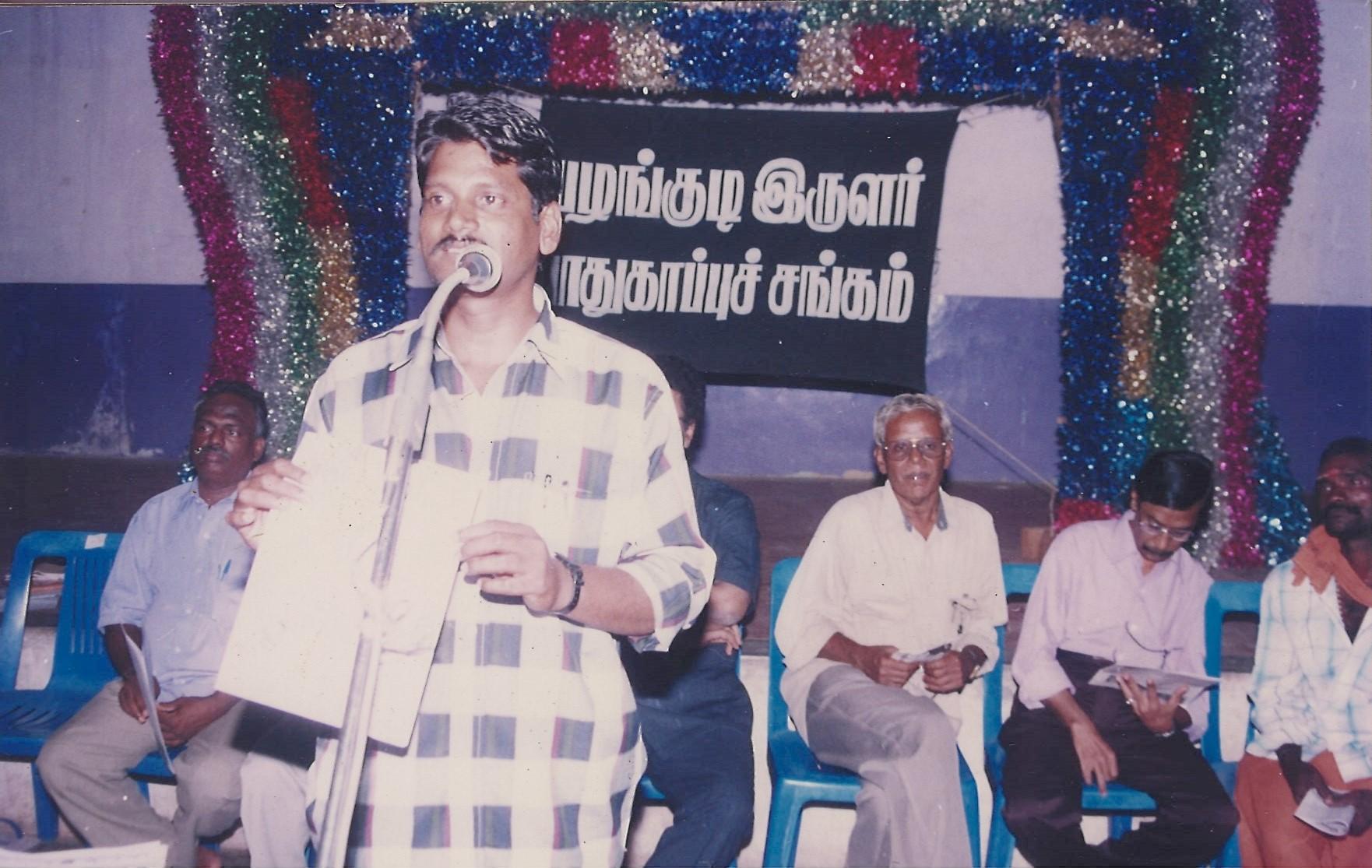
Archival image of the social activist R. Murugappan. (Image courtesy of R. Murugappan.)
R. Murugappan, a social activist who has engaged with issues relating to Dalit, Irular, and other Adivasi communities, responded by stating that “It is of utmost importance that news of atrocities committed against Dalits and tribals be published. In most cases, we see that more than protests and petitions, it is the media that can apply pressure on the government.” He bolstered his argument by providing two examples.
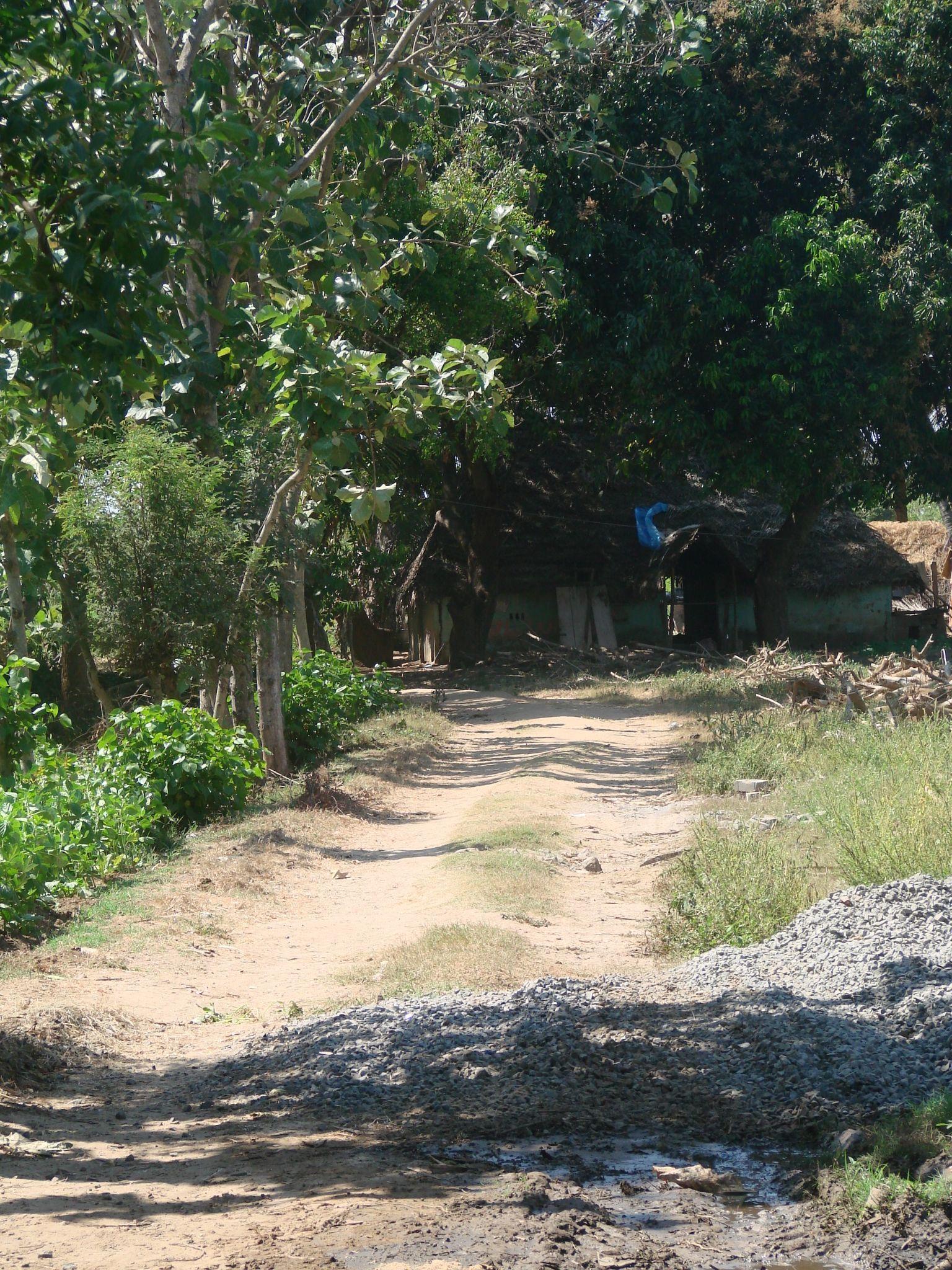
Thittukattoor—'The Path' which was denied to Dalits. (Image courtesy of R. Murugappan.)
Firstly, in the Thittukattoor caste violence incident of 2010, twenty-five Dalit families were given land to build houses, but the dominant caste (Vanniyar) members who lived around the land refused to let the Dalit families pass and blocked their paths with coconut tree saplings. When this incident was published in The Hindu, it caught the attention of M.K. Stalin, who was Deputy Chief Minister at the time. Action was taken immediately to conduct talks with the dominant caste individuals and to make sure that the land and the path leading to it were available to the Dalit families. While this one incident gained the attention that it needed and was resolved as a result, the truth is that there are many other such incidents which never come to light.
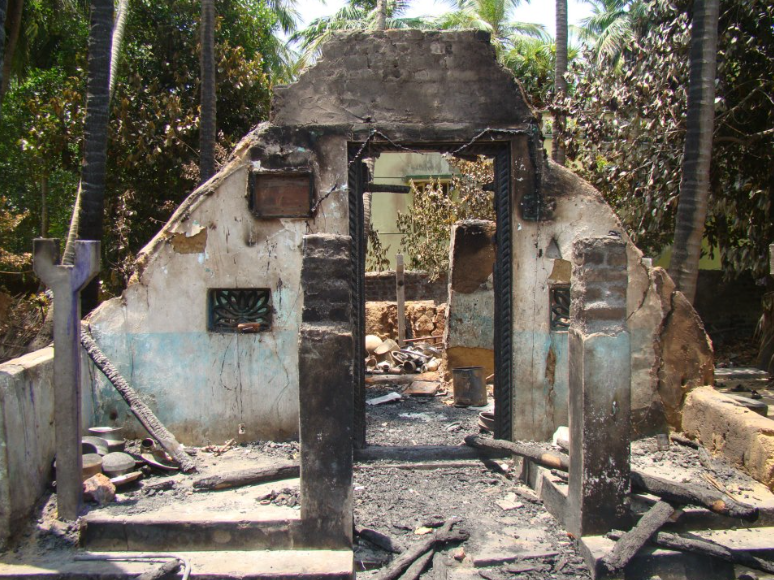
House of Dalit community members in Marakkanam, completely burned and reduced to ashes during the riot. (Image courtesy of R. Murugappan.)
The second example was the Marakkanam incident of 2013, where PMK (Pattali Makkal Katchi, a Vanniyar-run political party) cadres who were on the way to a youth conference at Mamallapuram viciously attacked Dalit individuals at Marakkanam. As part of this, Kattayan Theru, a Dalit settlement, was burnt to ashes. A government bus was also set on fire. This event was broadcast live by news channels. Subsequently, seven cases were filed relating to the events that had transpired (two of which were against Dalits). In 2016, as part of a case that was filed by Vanniyars in retaliation to those filed by Dalits, six Dalits were punished by the judiciary system. None of the news channels that broadcast the riots carried any news about the outcome of this case.
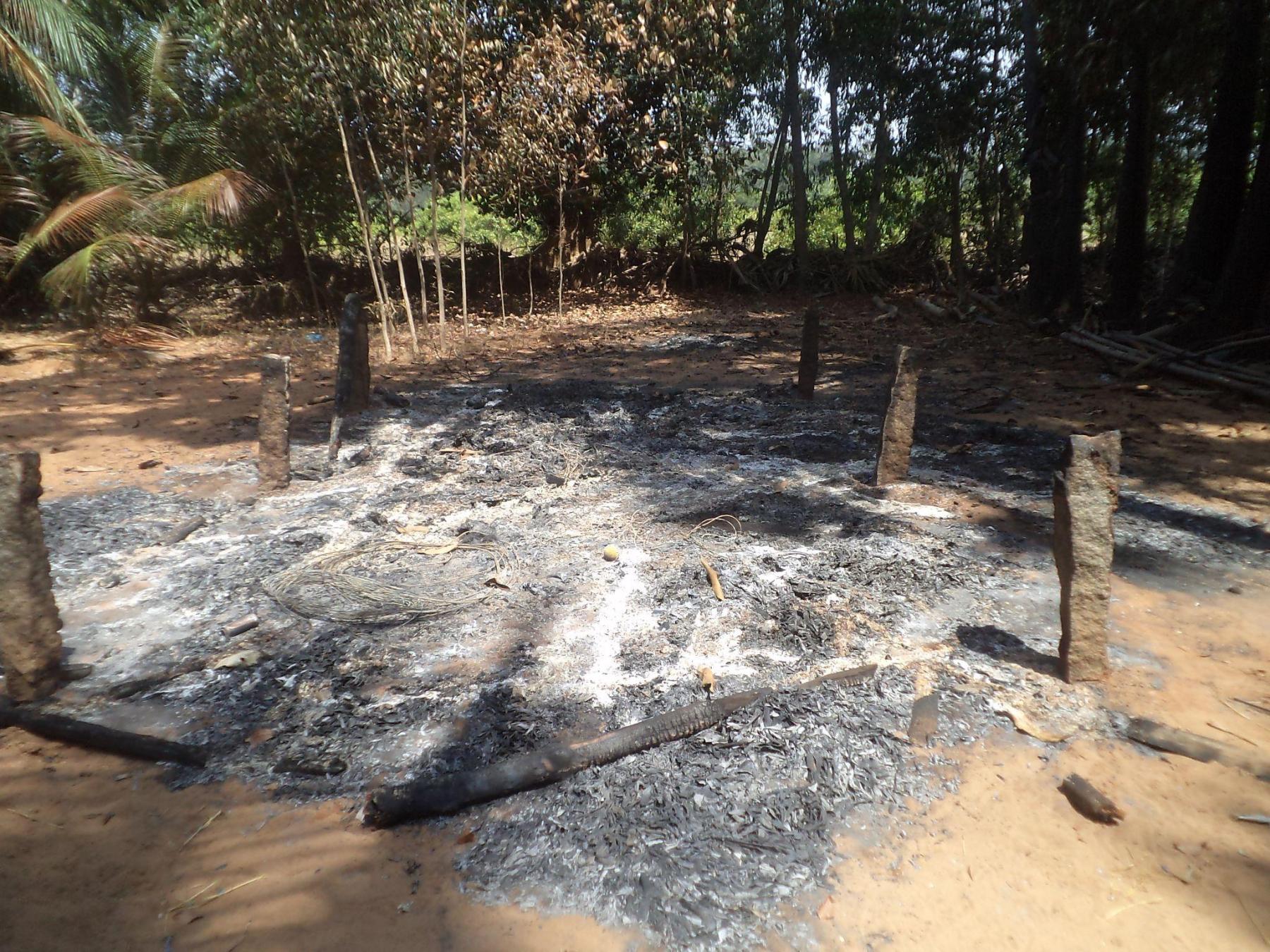
‘Kattayan Theru’—Dalit settlement in Marakkanam, completely burned down during the riot. (Image courtesy of R. Murugappan.)
This practice of filing cases against Dalits whenever they use the Prevention of Atrocities Act is prevalent across India and seems to have gained momentum in more recent times. The Scheduled Castes and the Scheduled Tribes (Prevention of Atrocities) Act, 1989, often abbreviated as the PoA Act, was enacted in India to prevent atrocities and hate crimes against Dalits (Scheduled Castes) and Adivasis (Scheduled Tribes) and to ensure justice through special provisions. The fact that the police and district administration themselves encourage such practices is the most worrying aspect of this whole issue, said Murugappan. “The Marakkanam caste violence incident stands as a stark reminder of the fact that Dalits thus far have received judgements but are yet to receive justice through our judicial system.”
Pon Vasanth, a journalist who spoke after Murugappan, said “We need to acknowledge the fact that there is a huge disconnect between mainstream media and Dalit lives, but we must also take stock of the practical difficulties in the situation. Moreover, we must also be aware of which communities are represented in newsrooms. While editorial decisions must not pertain to an individual’s whims, decisions regarding which kind of news must be highlighted are taken right from the level of individual journalists.”
In response, Murugappan said, “It is important to note that these organisations lack basic understanding of our society and the Dalit perspective. Currently, there is a strong need for journalists to be trained in writing about Dalit issues sensitively. This is because to this day, in Tamil media, certain phrases are used to identify and separate Dalits from others. For instance, ‘agriculturalist’ refers to someone who is not a Dalit, whereas ‘agriculturalist coolie’ refers to a Dalit. The same goes in the case of ‘labourer’ and ‘daily wage labourer.’ How will the mainstream media—which functions along such communal lines—expose the violence that is enacted on Dalits and tribals by the State and society? How will it side with the people and uphold journalistic integrity and press freedom?”
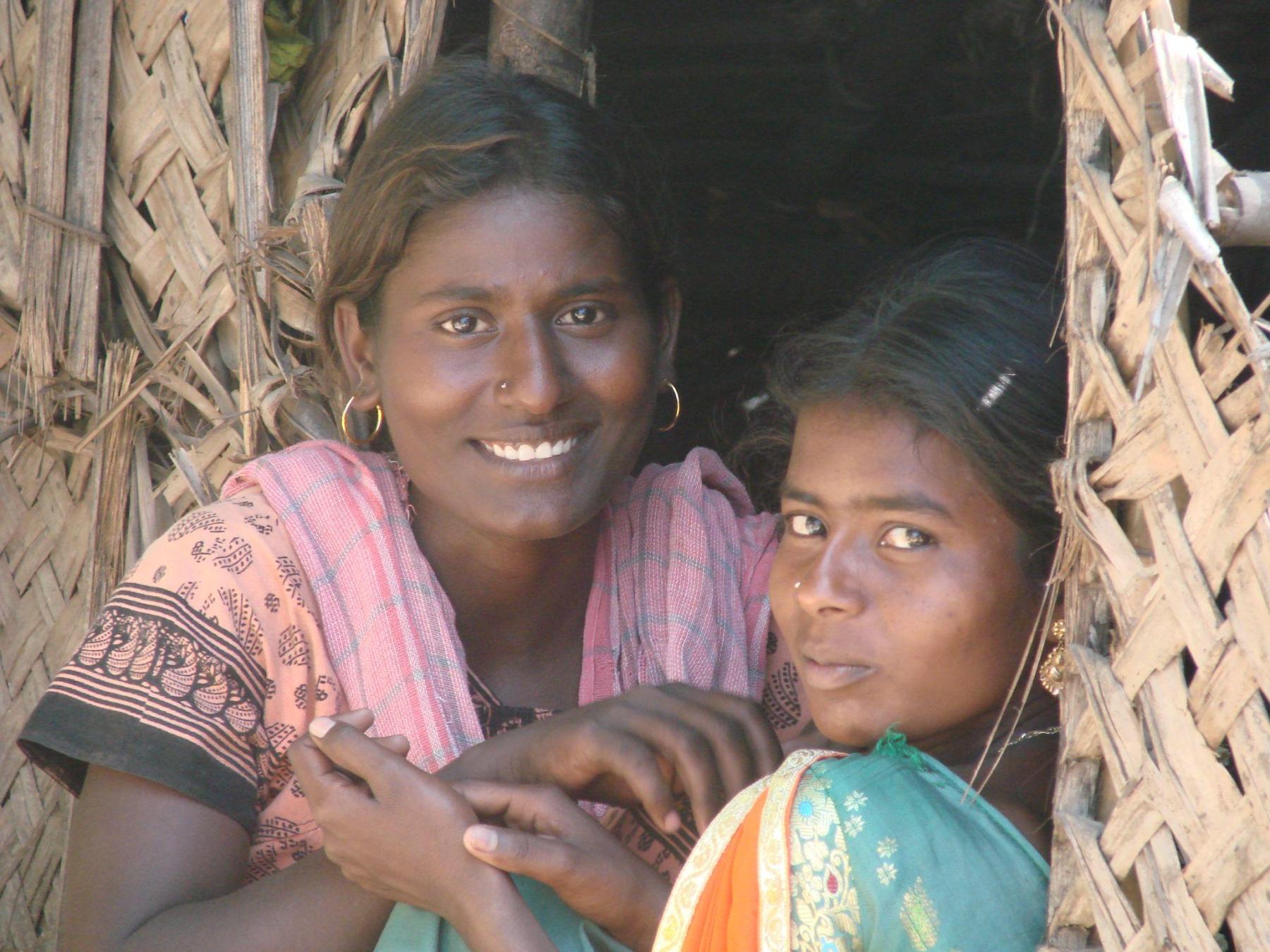
Thittukattoor Dalit women. (Image courtesy of R. Murugappan.)
To learn more about events at the Vaanam Art Festival, read Steevez’s essay on MKP Gridaran’s Dalit Subbaiah (2025), Sumaiya Mustafa’s two-part essay on Samuvel Arputharaj’s Manjolai (2024) and on Arun Karthik’s Nasir (2020).
To learn more about Dalit representation in journalism, read Ankan Kazi’s essay on Dalit Camera and his reflections on Rintu Thomas and Sushmit Ghosh’s Writing with Fire (2021).



